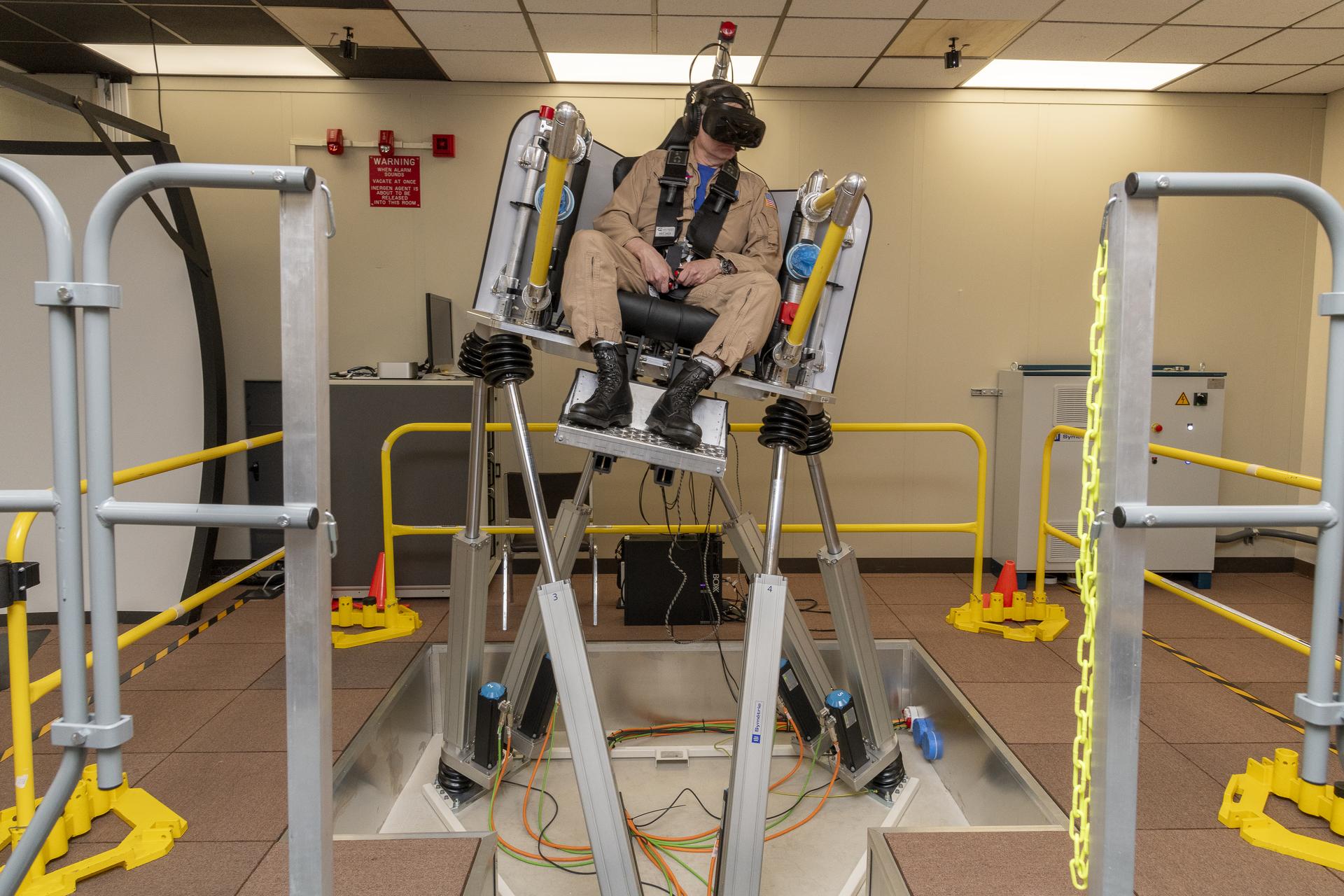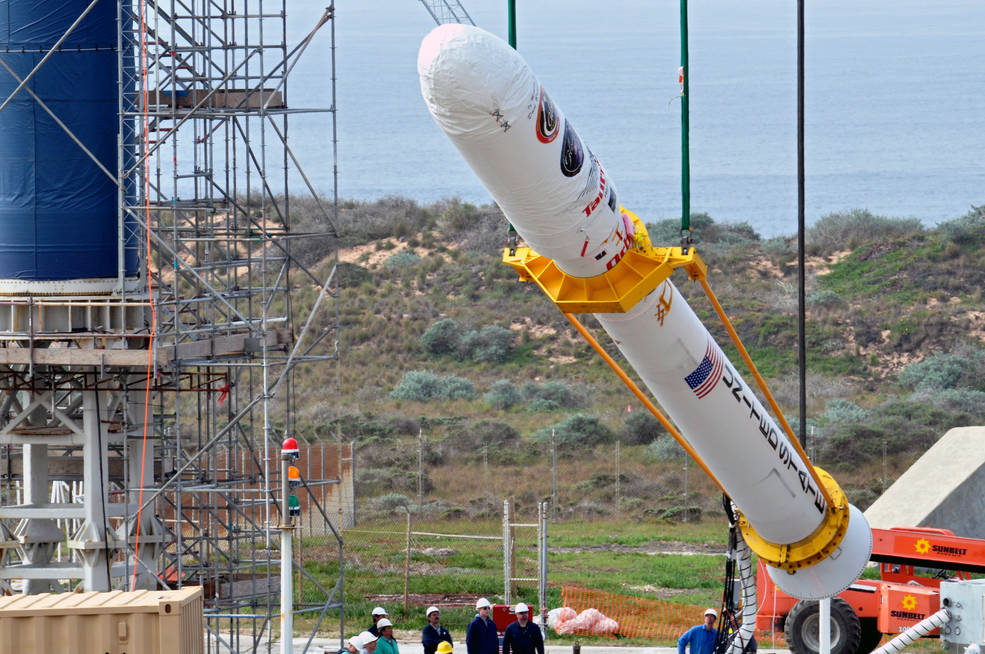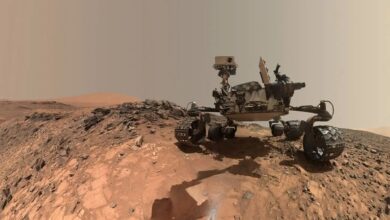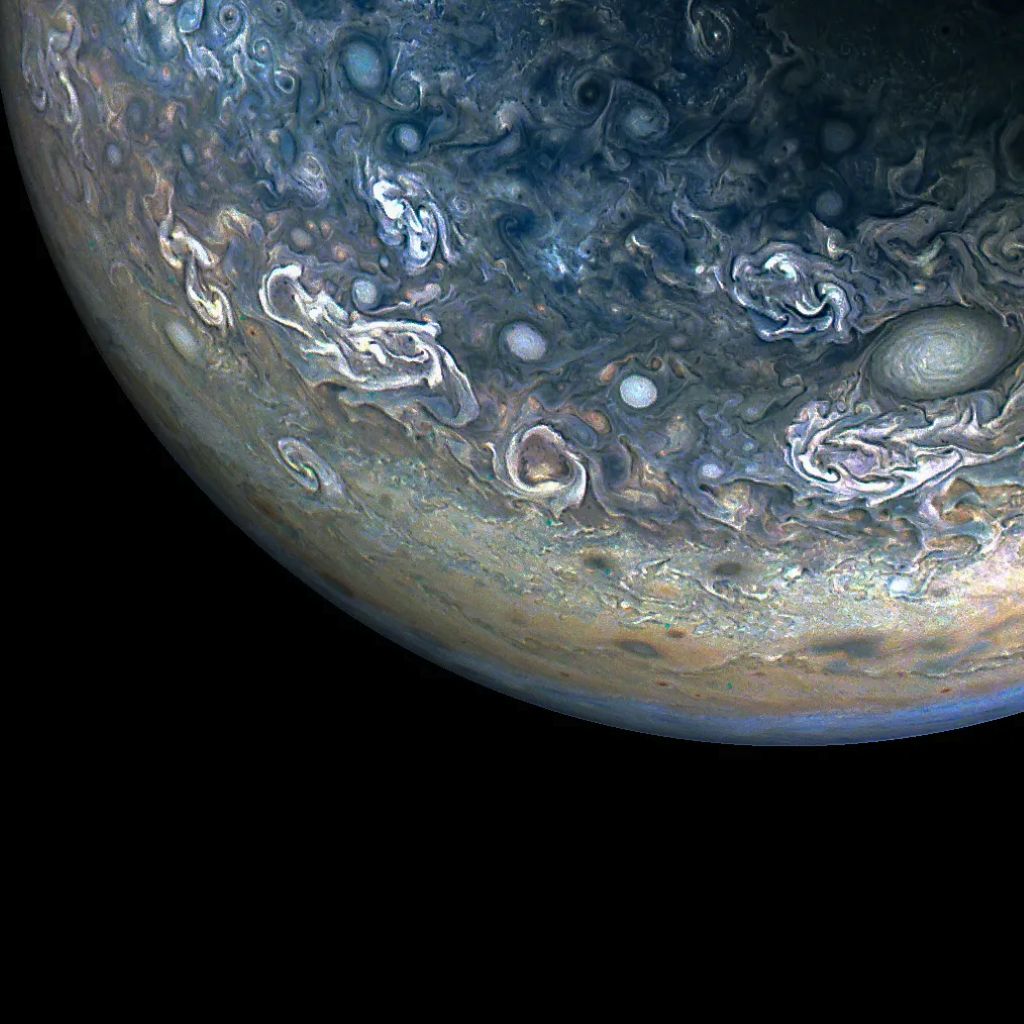NASA Space Tech Spinoffs Benefit Earth Medicine, Moon to Mars Tools

This year’s publication, NASA’s 2024 Spinoff, features several commercialized technologies using the agency’s research and development expertise to impact everyday lives, including:
- Spherical “squishy” robots capable of dropping into dangerous situations before first responders enter
- “Digital winglets” aircraft-routing technology that’s enabling increased fuel efficiency and smoother flights
- Lighter, more durable disc brake designs that produce less dust than traditional disc brakes
- Computer software to help businesses and communities cope with and recover from natural disasters like wildfires
- New 3D printing methods to additively manufacture rocket engines and other large aluminum parts
“As we continue to push new frontiers and do the unimaginable, NASA’s scientists and engineers are constantly innovating and advancing technologies,” said NASA Administrator Bill Nelson. “A critical part of our mission is to quickly get those advances into the hands of companies and entrepreneurs who can use them to grow their businesses, open new markets, boost the economy, and raise the quality of life for everyone.”
The medical innovations include the first wireless arthroscope – a small tube carrying a camera inserted into the body during surgery – to receive clearance from the U.S. Food and Drug Administration, which benefited from NASA’s experience with spacesuits and satellite batteries. Technologies for diagnosing illnesses like the coronavirus, hepatitis, and cancer have also stemmed from NASA’s space exploration and science endeavors. Even certain types of toothpaste originated from the agency’s efforts to grow crystals for electronics.
Additional 2024 Spinoff highlights include developments under NASA’s Artemis campaign, like a small, rugged video camera used to improve aircraft safety and a new method for detecting defects or damage in composite materials. Meanwhile, another spinoff story details the latest benefits of fuel cell technology created more than 50 years ago for Apollo, which is now poised to support terrestrial power grids based on renewable energy.
The book also features several technologies NASA has identified as promising future spinoffs and information on how to license agency tech. Since the 1970s, thousands of NASA technologies have found their way into many scientific and technical disciplines, impacting nearly every American industry.
“As NASA’s longest continuously running program, we continue to increase the number of technologies we license year-over-year while streamlining the development path from the government to the commercial sector,” said Daniel Lockney, Technology Transfer program executive at NASA Headquarters in Washington. “These commercialization success stories continually prove the benefits of transitioning agency technologies into private hands, where the real impacts are made.”
Spinoffs are part of NASA’s Space Technology Mission Directorate and its Technology Transfer program. Tech Transfer is charged with finding broad, innovative applications for NASA-developed technology through partnerships and licensing agreements, ensuring agency investments benefit the nation and the world.
To read the latest issue of Spinoff, visit:





